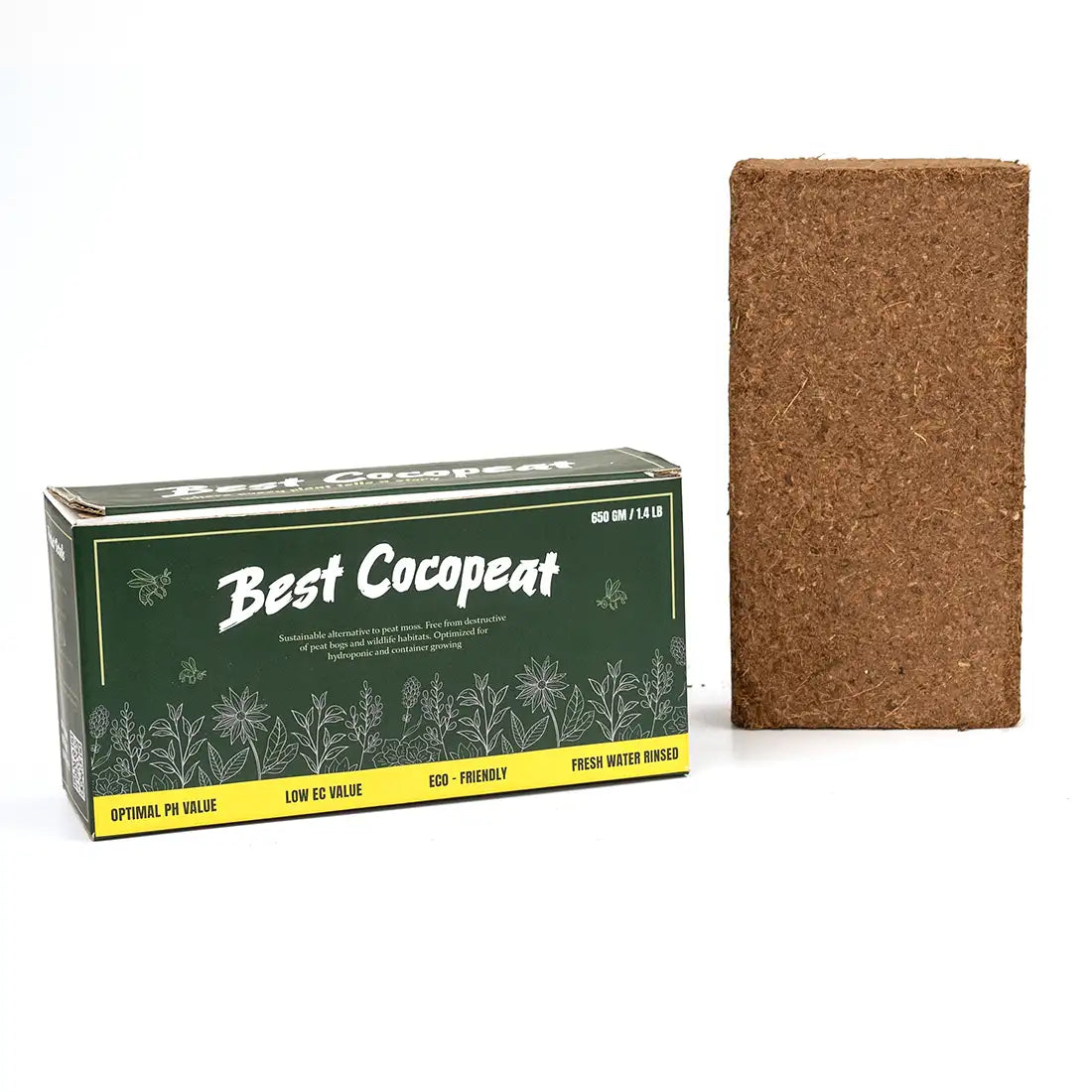Coco peat, a by-product of coconut husk, has emerged as a valuable resource in gardening and agriculture. But have you ever wondered how coco peat is processed? In this article, we'll delve into the step-by-step process of coco peat production and explore its benefits and applications.
The Coco Peat Processing Journey
Coco peat processing involves transforming coconut husks into a usable, eco-friendly product. The process may vary depending on the manufacturer, but the basic steps remain the same.
Step 1: Collection and Cleaning of Coconut Husks
The journey begins with collecting coconut husks from coconut mills or processing units. The husks are then cleaned to remove any debris, leaves, or other contaminants.
Step 2: Soaking and Retting
The cleaned husks are soaked in water to soften the pith. This process, called retting, helps break down the pectins, making it easier to separate the fibers from the pith.
Step 3: Crushing and Separation
The soaked husks are then crushed to separate the fibers from the pith. The resulting mixture is passed through sieves to isolate the coco peat.
Step 4: Washing and Rinsing
The coco peat is washed to remove any remaining impurities, excess salts, or tannins. This step ensures the coco peat is free from contaminants.
Step 5: Drying and Packaging
The washed coco peat is dried to reduce moisture content, making it suitable for storage and transportation. The dried coco peat is then packaged in various formats, such as blocks, bags, or bales.
Benefits and Applications of Coco Peat
Coco peat offers numerous benefits, including:
-
Improved soil structure: Coco peat enhances soil aeration, water retention, and drainage.
-
Eco-friendly: Coco peat is a sustainable alternative to peat moss.
-
Seed starting: Coco peat provides an ideal medium for seed germination.
-
Composting: Coco peat supports healthy microbial growth.
Applications:
-
Horticulture and gardening
-
Greenhouse cultivation
-
Hydroponics and aquaponics
-
Composting and worm farming
Conclusion:
Coco peat processing transforms a waste product into a valuable resource. By understanding the processing journey, we can appreciate the efforts behind creating this eco-friendly gardening solution.











